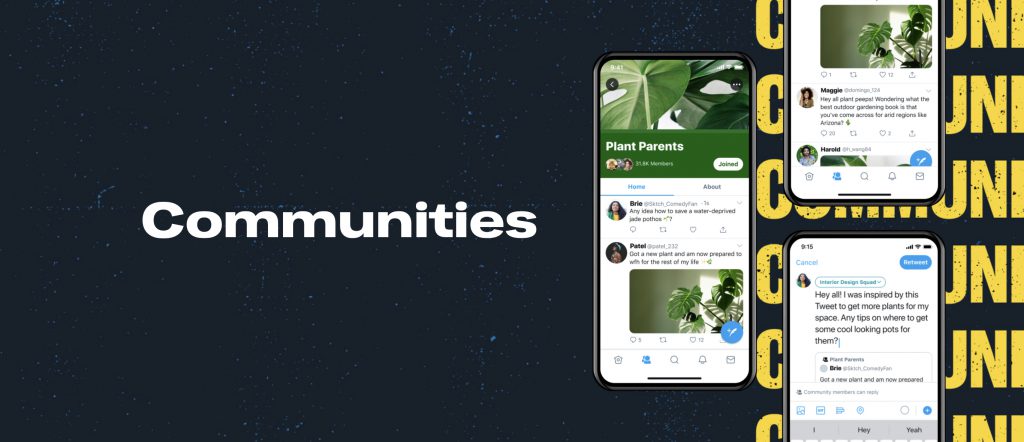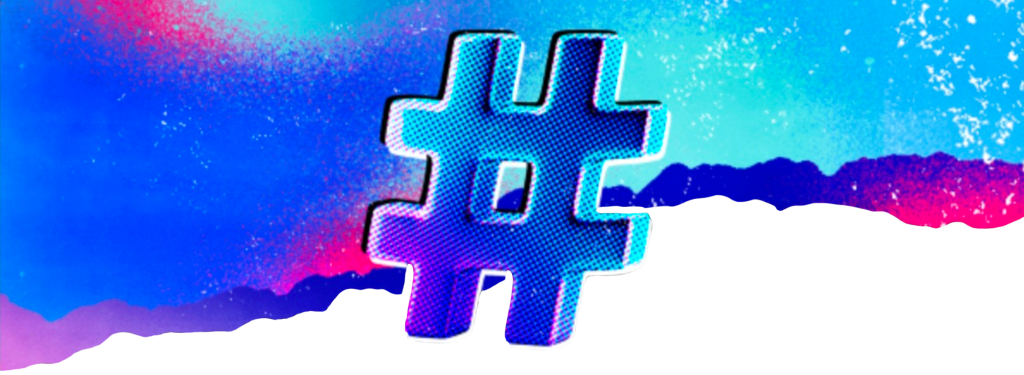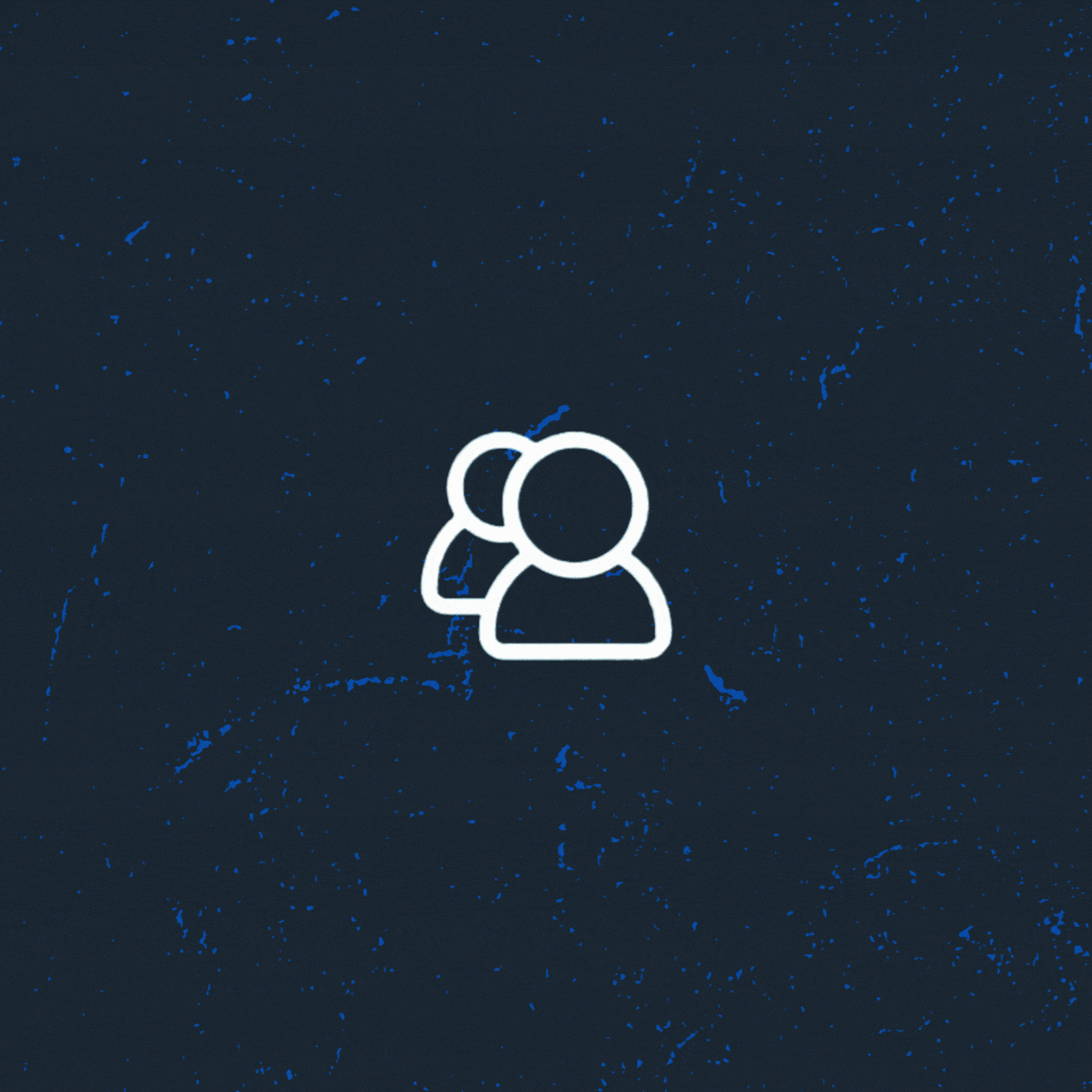
This past September, Twitter began piloting Communities — a dedicated space to connect with others, share similar interests, and easily participate in relevant conversations. Communities launched in the fall of 2021 to a select group of users, and kicked-off with a handful of communities like Dog Twitter, AstroTwitter, SoleFood, and NFT. Naturally, when Communities launched the available features for community members and moderators were still developing, but with continued feedback from users, Twitter has created significant community features like ranked timelines. Ranked timelines will highlight the top active Tweets in a Twitter Community, while also allowing users to filter between “Latest” and “For you” Tweets. Coupled with this, Twitter released Pinned Tweets for Communities, allowing moderators to pin important announcements at the top of the Community Timeline for members to see. Along with the ability to search and discover new communities based on keywords or while surfing through Twitter’s Suggested Communities.
Over the last year, Twitter has proactively collected user feedback, committed to building in public, and become more transparent with its users. Twitter’s build-in-public approach to feature releases began in December 2021 with the launch of Twitter Spaces beta for select testing. Twitter Spaces, known as the place where live audio conversations happen, was built in public and incorporated feedback from Twitter Spaces’ beta users. Andre Jean-Pierre — one of Twitter Spaces’ early beta testers, known aptly as Mr. Dre on Twitter — started what most Twitter users know as the “purple dot movement.” In the early days of the beta program, Twitter users frequently added the purple dot emoji [🟣] to highlight to other users they could host a Twitter Space.
Mr. Dre describes the purple dot as “an example of community at the most organic level.” While the digital world can be divisive, the commonalities between Twitter Space users reverberated throughout the platform. “People of different nationalities, orientations, and backgrounds building together and focusing on their commonalities rather than the barriers of their differences,” mused Mr. Dre reflecting on Twitter Spaces. “And at the heart of it was the human voice and spirited conversation.” Though the existence of online trolls, instigators, and keyboard warriors will likely continue, their impact and ability to influence has been muted as users have been further connected with one another. “I believe its [Twitter Spaces] conversations centered around mutual interests, community, and positivity will stand the test of time,” said Mr. Dre with a grin. Rolled out globally and available to all users, Twitter Spaces are available to those ready to take the one of the first steps toward building their communities.
Many of Twitter’s users have used features like Spaces and Communities in tandem, creating dedicated Twitter Spaces for their Communities, hosts like Joselin Mane and Linq Contributor Kimberly Kay Scott, founder and moderator of the Creator Community on Twitter, who hosts the #CreatorCommunityChat chat every Wednesday on Spaces. Avid users of Twitter have asked whether the platform will ever work to integrate the Spaces, Communities, and Super Followers features together, ideally empowering creators to grow their audience and brand. Want to know what the Twitter team said? To keep it short — yes they will!
How about those who are not ready to start their own community yet?
Kimberly Kay Scott – admin of The Creator Classroom community has some advice:
”It took me a while to figure out what I wanted my particular community to be. I love building communities and I absolutely wanted to provide value. With the platform set up to have moderators, I have been able to give back up and help to the two communities I moderate. In turn, I learned from my experiences with Joselin of the Creator community and Nicholas of Design Twitter just how I would want my community to run and provide value. So for anyone apprehensive about “starting” a community, I would say offer to moderate a community to learn. As Zig Ziglar once said, “You can have everything in life you want, if you will just help other people get what they want.”
While a power user or avid Twitter fan may know how these features work together, many users might find it surprising that Spaces, Super Follows and Communities are all very tied to one another. Simon Balmain, a Community Manager for Twitter Communities, shared that, “these features always had similar motivations in the way that we looked at them in my team…my pod [Community Management] works across all three [features] for the purpose of building trust and transparency.” Indeed, Twitter’s build-in-public philosophy and deep commitment to regularly engaging with users has fostered a mentality of co-ownership between the platform and users contributing feedback. “We’ve worked hard across all these things to stay close to our community, and to work together with them to shape how these products are being built,” said Balmain excitedly. “Now that all three have stronger foundations, it is indeed time to think about how they work together.” Looking forward, Twitter users can expect to see their new favorite features begin to coalesce together. “Ultimately our community don’t see them as siloed products, they just see them as Twitter. So what you’ll start to see is them coming closer together,” explain Balmain. “We already shipped Spaces that are exclusive to Super Follows subscribers, and we’re working hard on getting Spaces up and running within Communities now too.” For Twitter Spaces hosts and Community moderators like Joselin Mane and Kimberly Kay, when released this will be the perfect way to begin utilizing the dedicated Spaces for their Creator Community. Similarly, for creators who have Super Followers and want to connect with their biggest supporters beyond Tweets, there’ll soon be options to engage and entertain your audiences.
While Spaces and Communities are available free for Twitter users, Super Follows introduces a new paradigm to the platform with the introduction of in-app paid content or experiences on Twitter. , “Super Follows is interesting because now we have a paid mechanism, so it’s time to consider how a hypothetical paid experience scales out across all the products,” shared Balmain “So in the current implementation of Super Follows, it’s content that’s completely gated to paid subscribers.” Though as the digital world changes and individuals increasingly go online to build audiences and find fame, the monetary and user experiences will naturally change. A thought Twitter Community Manager Simon Balmain already acknowledges. “But that’s not the only potential model for what a paid experience could unlock,” explained Balmain. “So the key for me is that we want to find the approaches that are what our community want, both on the creator side and the consumer side.”

Last week, Twitter announced its newest addition to Communities, Communities Hashtags. “Folks may have seen that we just shipped the first implementations of hashtags, and you’ll start to see them be visible at the top of any given Community,” added Balmain. Communities Hashtags allow members to filter tweets within a Community based on their interests. Simon adds, “Where we want to go next with that is giving some control to admins as to which ones should permanently display, for the best possible filtering.”
How is this helpful? Let’s say you join a group like the Twitter Cooking Community and want to discover different desserts. To search for desserts in your Twitter Community, you can select a hashtag like #desserts to filter all the Tweets within the Community to only show those that contain #desserts. When you choose a hashtag within a community, Twitter will show you results from users who used that same hashtag. Communities Hashtags is a massive step toward making it easier for users to discover the content they’re looking for, and we’re excited to see how it evolves.
Twitter has continuously expanded its build-in-public approach by testing and building products such as Tips, Super Follows, Circles, Twitter Blue, and most recently, CoTweets. Committed to continuing to build-in public and increase transparency and trust, Twitter utilizes its new products, like Spaces and Communities, to collect user feedback. Specifically, the team monitors the #SpacesFeedback hashtag and host weekly Twitter Spaces centered on hearing from their users about how to improve their products for everyone, deepening their commitment to engaging user feedback, Twitter established Communities, Spaces and Super Follows Creators feedback Communities. “We have official Feedback Communities for all three, which are managed by a team of dedicated Community Managers,” shared Balmain, adding that “the focus there with regards to feedback is building out systems that scale and developing our relationships with our admins, hosts and creators. The most recent example there…is our new Community Ideas Board that we just launched for Communities.”
Twitter’s Communities Ideas Board is an excellent way for existing Communities users to submit their ideas and suggestions directly to Twitter. “If users post in the Feedback Community and use the hashtag #CommunitiesIdea —as we just launched hashtag support in Communities! — then the ideas get added to the board, where all users can vote on them,” explained Simon. “This helps us understand what users want to see prioritized, levels up our transparency between us and our community, and really reinforces the fact that we’re building these products in tandem with our community.” The intent of the board resonates with Twitter’s build-in-public approach, and more so, it highlights the deep belief the team holds in working with users to build the features they want. “I really feel that increasing transparency and working together with our community in this way is such a powerful thing to do…and we’ve been getting such a great response to it,” shared Balmain happily. Looking forward, the team hopes to spread the co-creation inspiration to gradually include other aspects of Twitter, furthering the platform’s relationship with its users. “So I hope the intent behind the Ideas Board is something that grows to include other products, and ultimately I’d love to scale out our entire Community Management approach to other parts of the product too,” said Balmain eagerly. Though new, the roots of these initiatives run deep at Twitter with many teams engaged in ideation conversations with their users. “I also want to give a shout out to the Notes team and the Birdwatch team – Community is strongly within their DNA as well,” shared Balmain. While an idea may appear on the board, Twitter states that just because a suggestion appears on the board doesn’t guarantee Twitter will build it, but this allows Twitter to operate with more transparency and keeps users up to date on what to expect next.
We asked Simon where Twitter’s inspiration for the Ideas Board came from and how feedback is evaluated. “When you work in or with product development, you understand the importance of having both qualitative and quantitative feedback. The official product Communities we have are solving the qualitative need, as we get such great and detailed feedback coming in all the time, and we collate that internally for our product managers and engineers,” explained Balmain. “The Ideas Board shifts the core of those ideas into a place that then solves the quantitative need. As long as folks are checking in with it and adding their votes as new ideas get added, then the cards with the most votes will bubble up over time and give us a strong signal of what they’d like to see happen.” Ultimately, this means users can help influence and impact Twitter’s future product roadmaps to have unique features or experiences sourced and supported by users.
The future of Twitter Communities looks like its set for perpetual expansion as new users gain access and create new groups. Though still new itself, many additions to Twitter Communities are already under development. “I’ll just say that at least a handful of things you’ll currently find on the Ideas Board are in active development already,” teased Balmain. “But you’ll just have to guess which ones they are for now.” Alongside these new features, Simon Balmain confirmed that integration between Twitter Spaces and Communities is a high-priority users can expect to see traction on. The digital world will continue to change, and we’ll continue to adapt. Though communities and the people who make them will remain integral to any human experience, be it digital or IRL. For Twitter, Communities are indeed a feature we’ll continue to see in our future. “Communities is really key to the future of Twitter in two ways. Number one, what we’re pioneering in terms of transparency and openness with where we’re going, is something that I am really proud of,” said Balmain beaming. “We’ve heard a lot from our most passionate admins, creators and hosts about how refreshing they find our approach, and how it brings them closer to us.” Though more importantly Balmain notes, “The second thing is that I would urge people not to think of Communities as a standalone product, but as a foundation for the future of the company. As you see us move more towards integrations and interoperability, this will become clear, but the goal is to create something unified and cohesive that includes several surfaces and communication methods and is ultimately much bigger than the sum of its parts!” The end goal, Simon Balmain shares, is truly finding a way to unify surfaces and experiences so that the digital human connection on Twitter is as intimate and powerful as in person. “Ultimately, giving people the right surfaces to connect over shared interests in a holistic way, so the experience is inclusive is the aim here. And we believe we can take this to the next level by bringing everything together,” shared Balmain with a smile.
With a flurry of features in the works, regular app updates, and weekly feedback sessions with users, we at Linq Magazine are in continued amazement of the Twitter team’s diligent work. We can’t wait to see how Twitter Communities continue to connect us with friends, family, and strangers we just haven’t befriended yet.
